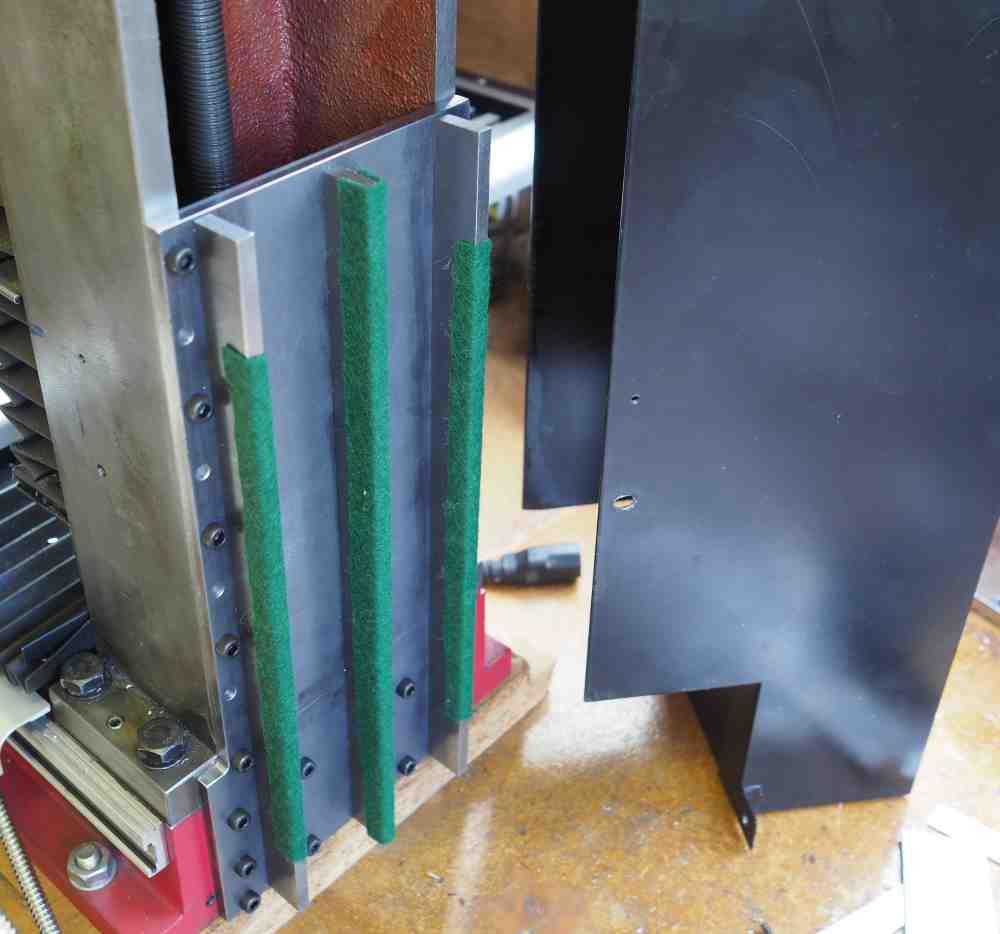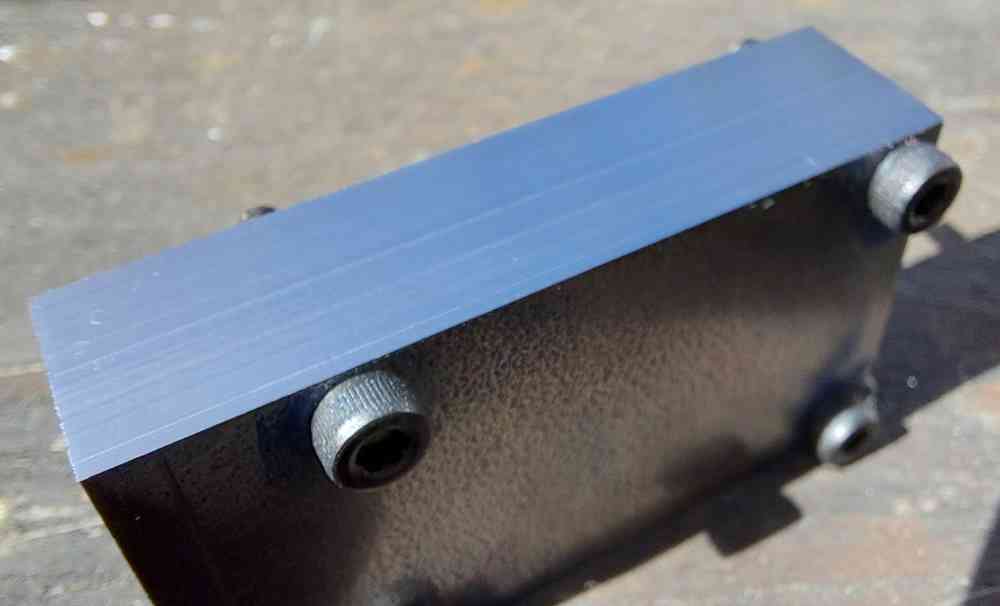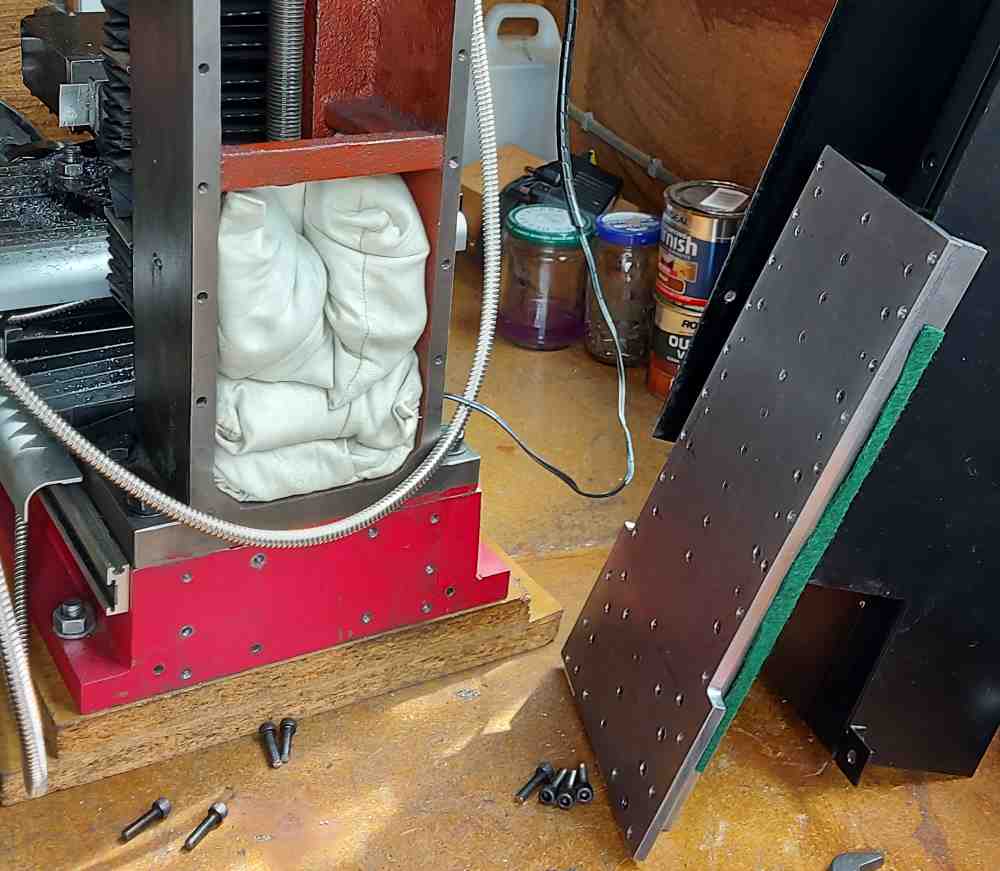Hi Glue-it. Seeing the sand-bag damping idea, I wonder if filling the steel column of my Mill-drill with sand will also damp vibrations? It's about 4" diameter, 1/2" wall, so "very stiff" in torsion compared to the box form open steel channel you are dealing with. So maybe my vibrations are at a high higher frequency (lower amplitude) and that's why I have never noticed a problem? Or maybe I don't do such precise milling anyway to realise the problem?
Looking at your back plate, I would have added some horizontal bracing as well (making small boxes), perhaps even welding in some "lids" to make them sealed boxes. Much stiffer in torsion?
K2







